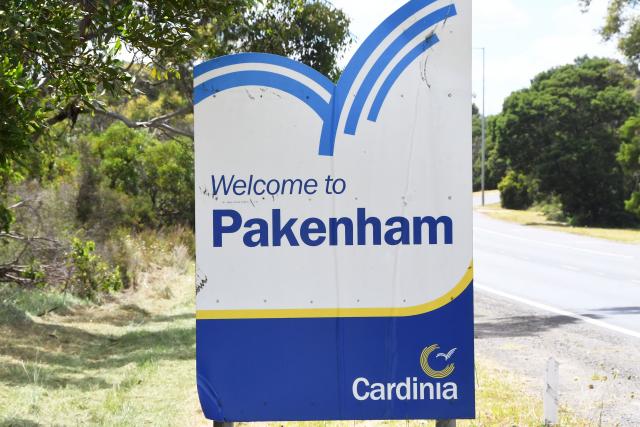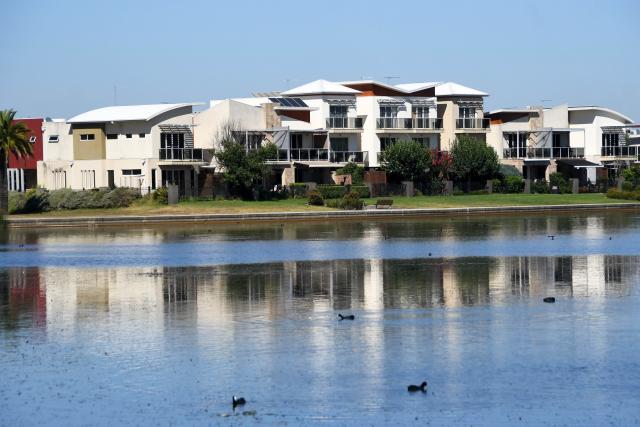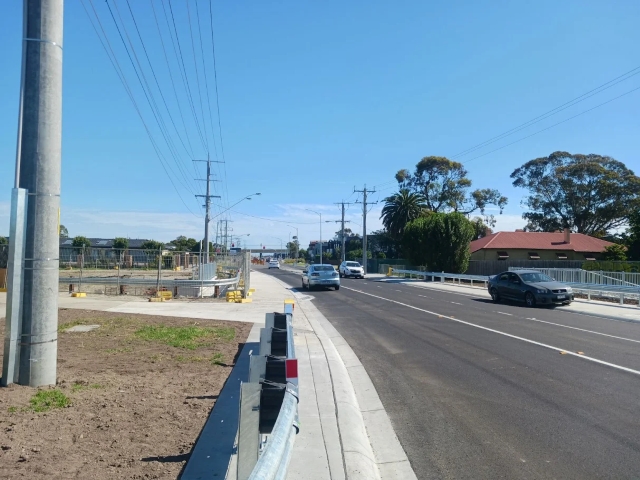As the State Government released the draft housing targets for each council – including 36,000 new homes projected for Cardinia – planning experts say insufficient market demands and low infrastructure supply would be the key issues for the growth areas.
Premier Jacinta Allan and Minister for Planning Sonya Kilkenny announced the draft targets for each council on Sunday 16 June – with final targets released by the end of this year.
The draft housing targets represent the previously announced distribution of 70 per cent housing growth in established areas and 30 per cent in growth areas by 2051.
Each target was calculated largely based on an area’s proximity to jobs and services, level of access to existing and planned public transport, environment hazards like flood and bushfire risk, current development trends, and places already identified for more homes.
Casey will be expected to accommodate 104,000 new homes with an increase of 79 per cent by 2051, and Cardinia will anticipate an increase of 78 per cent with 36,000 additional housing.
Cardinia Shire Council’s general manager of liveable communities, Lili Rosic said the council would prepare a response to the draft targets.
“Cardinia Shire Council recognises the important role that council plays in supporting the development of new homes through its local planning policies and granting of permit approvals,” Rosic said.
“Council supports the objective of creating housing choice where there is existing and planned public transport, jobs and services. Other key considerations include protection of environmental features and assets, the shire’s unique character and containing growth to the urban growth boundary.
“Council will consider its position on the draft housing targets, and will participate in consultation opportunities as part of the new plan for Victoria on behalf of the Cardinia Shire community.
“Cardinia Shire Council is committed to continuing to respond to the needs of our growing and diverse community, and to building a strong and sustainable shire for present and future generations to enjoy.”
Dr Marcus Spiller from SGS Economics and Planning said setting targets for each council was a useful first step and enabled planners to focus on an agreed task, but the challenge lay in market demands.
“The challenge now will be to find the best ways of accommodating the set targets within each municipality, including allowing for market demands and preferences,” he said.
“For example, Casey wants to accommodate a substantial part of its target through high-density housing around activity centres and public transport routes.
“However, in this scenario, there may not be sufficient demand to support this housing form in the short to medium term, so there will be a tricky timing issue for planners and councils to manage in partnership with the state.”
Jonathan O’Brien from YIMBY Melbourne, a group advocating for planning reform and housing abundance, agreed with Dr Spiller and believed market demands were the key to developing and building.
The group conducted its housing target calculation for some council areas months ago but it did not feature Casey.
“Our targets are based on what would be profitable to be built, so that means our targets are based on what the market and what developers would actually build,” Mr O’Brien said.
“Is there market demand to continue building huge numbers of homes in Casey? And can it be done at the current level of land release? And the follow-up question is, do we actually want to release more land? I think that’s the set of questions that need to be asked.”
Mr O’Brien said the infrastructure in the growth areas needed to keep up, but the government should also be honest about the trade-offs of living in a growth area.
“When people choose to live in Casey, they’re choosing the trade-offs you make living as far out from the CBD as Casey is. You’re expecting to own land, and you’re expecting a backyard and so on,” he explained.
“I think the government has let a lot of inner-east councils off lightly, whereas they’ve sort of continued to ask growth areas like Casey to shoulder a lot of new homes.
“And look, that’s fine so long as the infrastructure is there, but the government needs to be honest about the trade-offs that are being made.
“The government really has an opportunity here to reconfigure the way that we build to be very serious about ensuring that more homes are built in a middle Melbourne and enabling communities and areas like Casey to really find their feet, get the infrastructure they need, and ensure that the right set of trade-offs are being made for Victorians.”
Swinburne University’s Dr Stephen Glackin, who specialises in urban planning and urban geography said councils would need to work with developers to come up with the appropriate plans to reach the housing targets.
“Unfortunately planning and development are kept apart to prevent collusion,” he said.
“But I feel this needs to change, as we are in desperate need of housing that is planned sustainably and the only way forward is to work together.”
City of Casey acting manager of growth and investment, Nick Felstead, said the council welcomes the targets announced by the State Government.
“The target for the City of Casey aligns quite closely to the housing forecasts, which have been presented previously, whilst still providing aspiration to increase this supply.
“We will incorporate these targets in our forward planning, with greater review required to understand opportunities for greater policy direction.”









